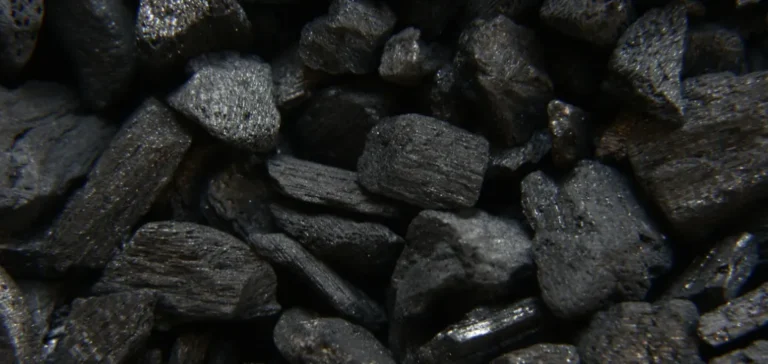India’s coking coal imports reached a decade-high of 58 million tonnes in fiscal year 2023-2024, according to official trade data. In this context, supplier shares are shifting: the United States is increasing its shipments, Russia is consolidating its position, and Australian producers are reallocating part of their volumes to China. In the short term, Indian arrivals reached 7.32 million tonnes in May 2025, up 45% year-on-year, showing a market more diversified by origin than before.
China-driven redirection and trade arbitrage
The resumption of Chinese purchases of Australian coal has supported a reallocation of volumes to that country, reducing availability for other Asian buyers. At the same time, Chinese retaliatory tariffs on U.S. energy, including a 15% duty on coal, have made American exports to China less competitive. U.S. producers are therefore redirecting a growing portion of their shipments to India, Japan, and South Korea. These adjustments are reshaping coking coal maritime routes in Asia.
U.S. shipments to India are already rising on an annual basis, reaching 8.39 million tonnes in 2023-2024, up nearly 18% year-on-year. The surge in Indian arrivals in May 2025 was driven by additional cargoes from Russia and Indonesia. A combination of relative prices and logistical constraints partly explains these inter-origin arbitrages.
Producers’ signals and geographic sales mix
Major Australian producers emphasize India’s role in their sales mix while highlighting resilient Asian demand. BHP notes robust consumption in infrastructure and manufacturing. Whitehaven reported revenues of AUD 5.83 billion, of which 64% came from metallurgical coal, and indicated that India accounts for 11% of its sales. The 2025 accounts show revenues of AUD 795 million from India, behind Japan.
Whitehaven further noted that normalized Chinese demand, pricing conditions, and costs—particularly fiscal and logistical—affect how volumes are distributed among destinations. Benchmark declines in 2025 weighed on realized prices, but did not alter the company’s focus on Asia, where India is regarded as a long-term growth driver.
Russian position and reshaped market shares
Russian volumes to India have risen sharply in recent years. The share of Russian coking coal reached about 14% of India’s seaborne market in 2024, with shipments estimated at more than 8 million tonnes, almost doubling in two years. This trend reflects a more aggressive offering of steelmaking grades, including anthracite and pulverized coal injection (PCI).
To strengthen supply security, India has examined the creation of a public import consortium to support domestic steelmakers. Test cargoes from Mongolia have also been routed via Chinese ports to evaluate alternative supply paths. In parallel, authorities extended by six months restrictions on imports of low-ash metallurgical coke, with country quotas and an overall ceiling of 1.4 million tonnes until the end of 2025.






















